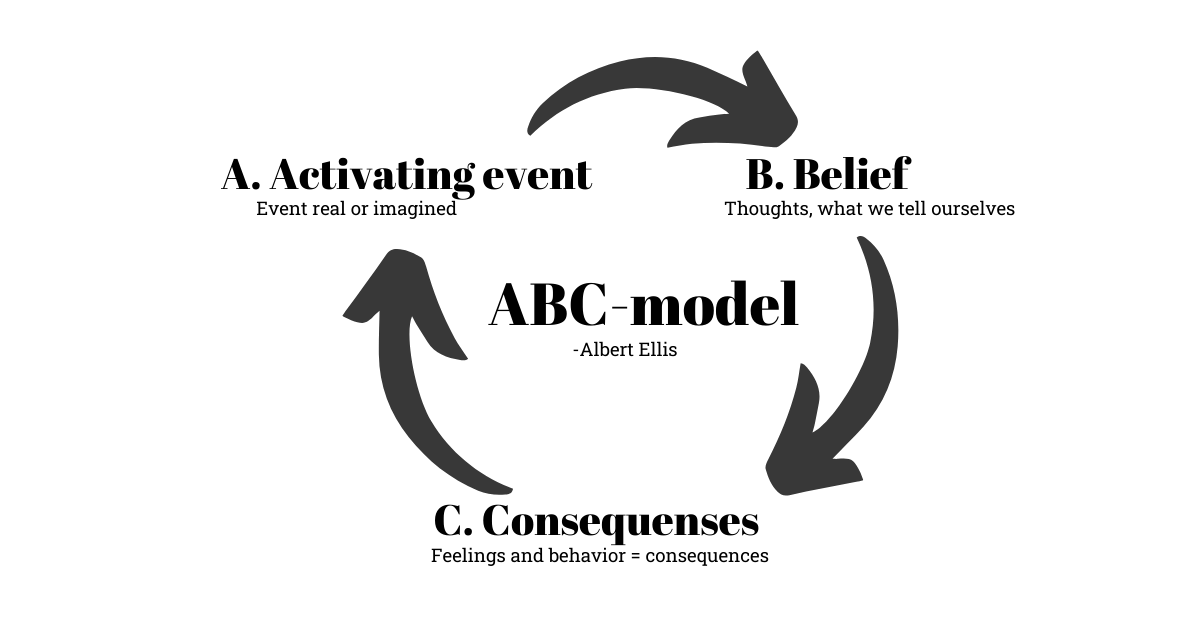People-centered leadership with EQ: Searching for the desire behind the emotion
Good collaboration makes people happy, and happy employees are more productive. This is generally known, but how do you, as a leader, ensure good collaboration in the workplace?
In the world of leadership, there are countless strategies and approaches to achieving effective results. A crucial component that is often overlooked, but should not be underestimated, is emotional intelligence (EQ). Emotional intelligence is at the core of how leaders connect, communicate, and inspire their teams.
Emotional intelligence
Emotional intelligence (EQ) is the key to understanding and managing both your own emotions and those of others around you. It also involves the ability to communicate effectively, show empathy, and build relationships. This skill is invaluable for leaders striving for a healthy and productive work environment.
One of the tools that leaders can use to enhance their understanding of emotional intelligence is Management Drives. With insights into the drives of individuals and teams, leaders can better understand why people behave the way they do and how they can best be motivated and managed.
For example, the yellow drive represents creativity and innovation. A leader with a strong yellow drive might tend to embrace new ideas and approaches but may also become impatient with traditional processes. By understanding this drive and the possible limiting beliefs that come with it, a leader can adapt and take a balanced approach to promote both innovation and stability within the team.
De 4 G’s
Understanding the relationship between events, thoughts, feelings, and behaviors is crucial for effective leadership. The ABC model of Rational Emotive Behavior Therapy (REBT) illustrates this connection: an event (A) leads to thoughts (B), which in turn influence our behavior (C). By being aware of this process, leaders can manage their own thoughts and emotions and constructively deal with challenging situations.

Increasing emotional intelligence begins with self-awareness
Leaders need to be aware of their own emotions, thoughts, and behaviors, and be able to empathize with others. By investing in the needs and strengths of team members, leaders can create an environment where everyone feels valued and motivated.
How to increase your emotional intelligence
Increasing emotional intelligence is a continuous process of growth and development. By actively applying this skill in their leadership style, leaders can have a positive impact on the well-being and performance of their team. Emotional intelligence is not just a trait but rather a mindset that can be continuously improved and refined.
The first step to increasing your emotional intelligence is gaining insight into yourself and your drives. In the workplace, it is important for leaders to be self-aware and able to put themselves in someone else’s shoes. This translates into understanding your strengths and weaknesses, your thoughts, your emotions, and your behavior. How do you handle your emotions? What do others think of you?
Next, a leader should delve into the employees within the team, what are their strengths and weaknesses, what do their emotions say, and what behavior do you recognize?
Finally, you need to learn to listen to your employees and learn to communicate in the language they speak. This creates a connection and is the foundation of good work relationships.
By understanding the link between emotional intelligence and drives, leaders can tailor their leadership style to the desires and behavior of their team members. By creating an environment where emotional intelligence is valued and applied, leaders can communicate more effectively, resolve conflicts, and build a culture of trust and cooperation. This all contributes to the success of the team and the organization as a whole.